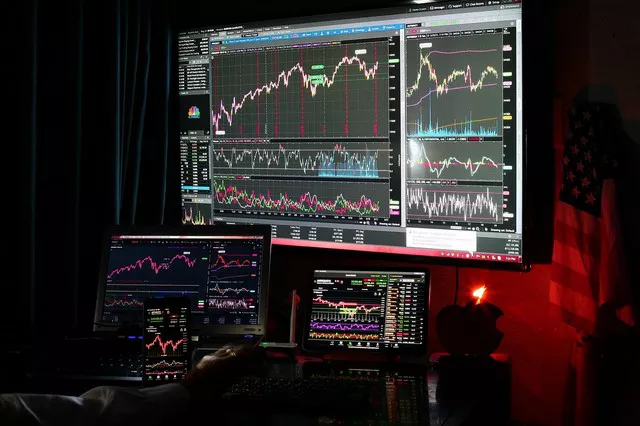Futures trading is a popular investment strategy that involves buying and selling contracts for the future delivery of assets, such as commodities, currencies, and securities. Futures trading can be a lucrative way to generate income, but it’s important to have a clear understanding of the market and the strategies involved. In this guide, we’ll walk you through the essential steps for success in futures trading.
Understanding Futures Trading
What are Futures?
Futures are contracts between two parties to buy or sell an asset at a future date at a pre-determined price. The asset can be a commodity, currency, or security. Futures contracts are traded on exchanges that act as intermediaries between buyers and sellers.
Types of Futures
There are several types of futures contracts, including commodity futures, currency futures, and stock index futures. Commodities futures include contracts for agricultural products, energy, metals, and livestock. Currency futures allow traders to speculate on the exchange rate between two currencies. Stock index futures enable traders to invest in the performance of a specific stock market index.
Risks Involved in Futures Trading
Futures trading involves risks, including market risk, liquidity risk, and leverage risk. Market risk refers to the possibility of losing money due to fluctuations in the market. Liquidity risk refers to the difficulty of buying or selling a futures contract due to a lack of buyers or sellers. Leverage risk refers to the potential loss from using borrowed money to invest in futures contracts.
Getting Started with Futures Trading
Setting Up a Futures Trading Account
To get started with futures trading, you’ll need to open a futures trading account with a brokerage firm that offers futures trading services. You’ll need to provide personal information and meet certain eligibility requirements to open an account.
Choosing a Trading Platform
Once you have a futures trading account, you’ll need to choose a trading platform. The platform should be user-friendly and offer advanced trading tools, such as real-time quotes, charting, and technical analysis.
Developing a Trading Strategy
Before entering the futures market, it’s important to have a clear trading strategy. A trading strategy should include entry and exit points, risk management techniques, and profit targets. Backtesting your strategy using historical data can help you identify potential weaknesses and optimize your approach.
Executing Trades in the Futures Market
Placing Orders
To execute trades in the futures market, you’ll need to place orders through your trading platform. There are several types of orders, including market orders, limit orders, stop orders, and stop-limit orders.
Managing Risk
Managing risk is an essential part of futures trading. Strategies for managing risk include setting stop-loss orders, using position sizing techniques, and diversifying your portfolio. It’s important to have a plan for managing risk before entering the market.
Monitoring Your Trades
Once you’ve entered the market, it’s important to monitor your trades and adjust your strategy as needed. Monitoring the market can help you identify trends and make informed decisions about when to enter or exit trades.
Conclusion
Futures trading can be a rewarding investment strategy for those who are willing to put in the time and effort to understand the market and develop a strong trading strategy. By following the essential steps outlined in this guide, you can increase your chances of success in the futures market. Remember to always manage risk and stay disciplined in your approach to trading.


